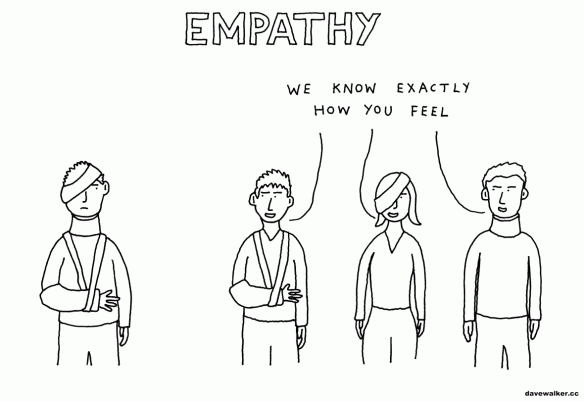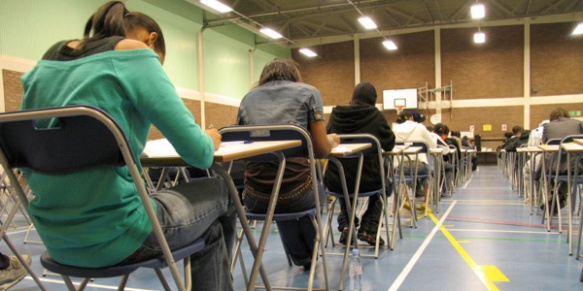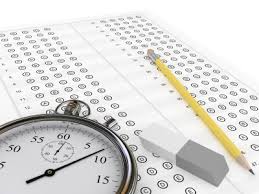Whether you’re starting middle school or your sophomore year at college, the phrase “back to school” is laden with anxiety. The first word of the phrase, “back,” connotes a return, the forceful act of embracing routine. Fresh starts, clean slates — all of these ideas are awesome in theory, but in practice, take effort. It’s one thing to be fresh and clean, and a whole other to stay fresh and clean. So much of the back to school anxiety comes from the pressure to keep up the momentum that comes with the new school year, so full of potential. It can be a time for growth, which also presents students with its antithesis — the fear of failure. (Failing can actually make you stronger; it’s fearing failure that trips us up.)
So how to deal with school anxiety? Do homework! The very root of school anxiety can be solved by taking a proactive stance in the most simple way. By turning homework into an exercise to actively fight anxiety, students can not only find academic success, but also personal growth and self-determination. So many of my students have a hard time standing in their own accomplishments because they put intolerable pressure on themselves to succeed. When they achieve a goal they feel only a temporary sense of relief, rather than pride. Anxiety is such a terrible monster because it’s always lurking beneath the surface, poised to disrupt the upward flow of progression at any time.
That’s why time management remains a steadfast homework skill. By breaking down work into manageable tasks, students teach themselves how to structure time. I tell my students as they are reading a passage or analyzing research, to get a sense of what ten minutes feels like doing this type of thinking. When you continue this work for, say, 30 minutes, what does that feel like? Being mindful of learning skills punctuates the process in a way that reduces anxiety by increasing the student’s sense of agency. So many times, doing the work takes much less time than you anticipate it will — because avoidance is a form of anxiety.
And, guess what? There’s an app for that. Digital flashcards like gFlash+ or note-taking apps like Notability and Papyrus are available for the tech-savvy student (or child of tech-savvy parents) to accommodate the lives of tweens and teens who get a sense of ease and comfortability with technology. If they’re peer-sharing information via digital media, who cares, as long as learning is taking place.
But old school egg timers work just as well. Not all students are tech savvy, and they’re doing just fine. Tried and true learning practices don’t rely on innovative gimmicks. When a student sets a time limit to achieve a certain task, and then he or she reaches that goal, there is a momentary feeling of success. Students should take these moments as sparks of positive reinforcement to keep moving forward.
Students should work at a designated work space while doing homework.Ideally, this is any place but the bed. Education pioneers like Maria Montessori have documented the value environment plays in learning. Students should assess what environmental factors determine optimal learning, by taking a learning-style quiz.
To work efficiently, schedule breaks into a homework plan. Balance is key, and knowing there is a limit to time spent on homework is essential. Just as important is penciled-in relaxation time, which usually comes upon completing a task. Parents should try as hard as possible to let students take homework plans into their own hands. Study plans build agency, but only when they come from the students themselves.

























